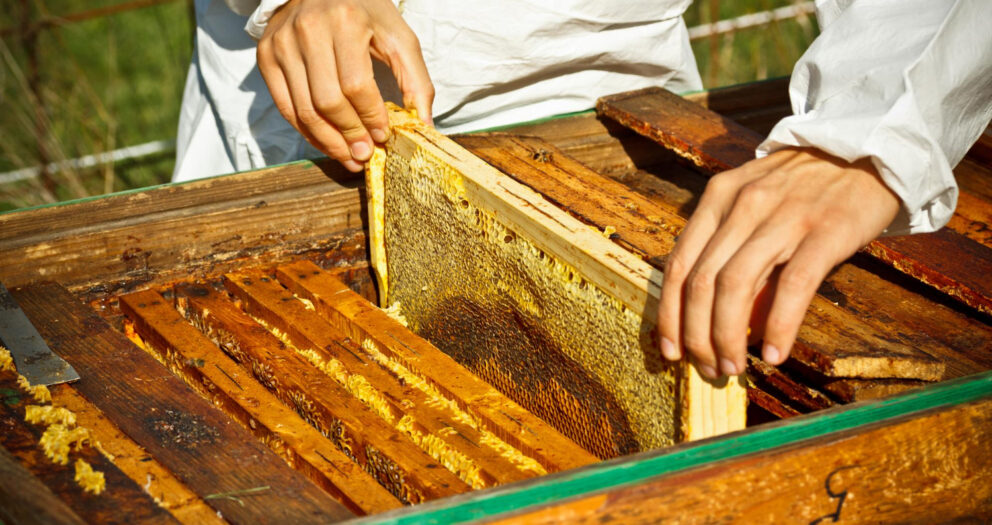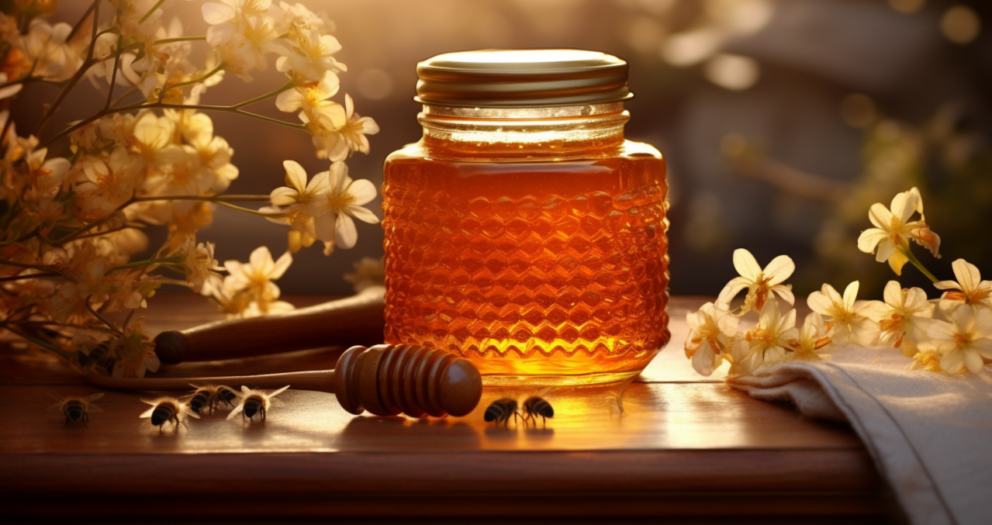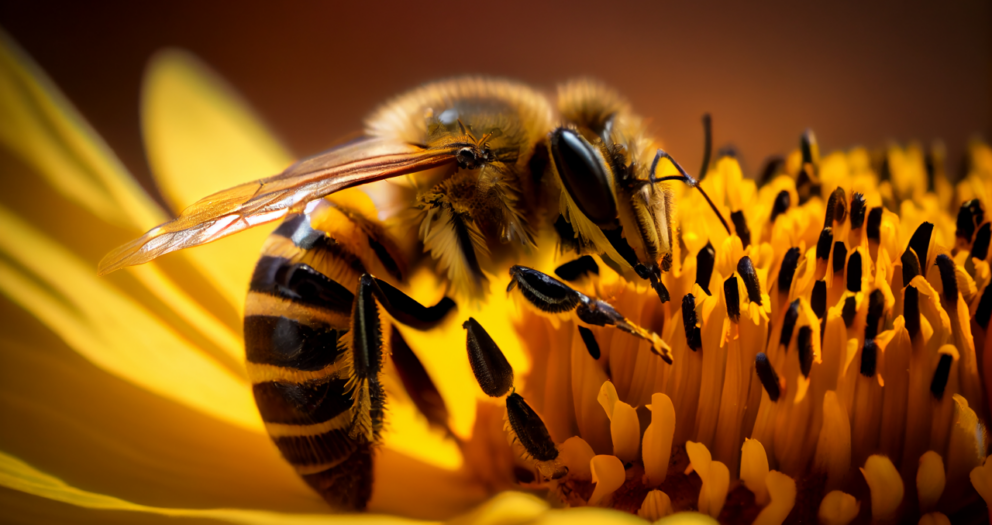Deep within the hollow of a tree or nestled within a man-made box, a marvel of engineering unfolds. This isn’t a creation of steel and concrete, but a masterpiece crafted from beeswax and ingenuity: the beehive. More than just a home, the beehive is a testament to the remarkable skills of bees, acting as a nursery, food storage facility, and social hub, all meticulously constructed for optimal efficiency.
The Humble Material: Beeswax – A Gift from Nature
The foundation of the beehive lies in a remarkable substance – beeswax. Worker bees, typically young females between 12 and 20 days old, possess eight wax glands on their underside. By consuming honey and nectar, these bees convert the sugars into wax flakes, which they then secrete and manipulate with their mandibles. This warm, pliable wax forms the building blocks of the hive’s intricate structure.
Building from the Bottom Up: A Masterful Design
Beehive construction is a collaborative effort, with each bee playing a specific role. Here’s a glimpse into the remarkable process:
- Location, Location, Location: Scout bees meticulously search for the perfect location. Ideal spots are typically protected from the elements, offer a consistent temperature, and have a readily available food source nearby. Once a suitable location is found, the queen bee lays the foundation for the hive by laying eggs.
- Cell by Cell: The Birth of the Honeycomb: Worker bees take over construction duties. Using their mandibles, they shape the warm beeswax into hexagonal cells. This seemingly simple shape is a masterpiece of efficiency. Hexagons provide the most efficient use of space, allowing for maximum storage capacity with minimal wasted material.
- Functional Diversity: A Hive Within a Hive: The honeycomb isn’t just one uniform structure. Different sized cells serve different purposes. Larger cells are used to store honey, the colony’s food source. Smaller cells house developing bee larvae, the future generation of the colony. The queen bee also has her own dedicated cell, significantly larger than the others, to ensure optimal space for egg-laying.
- Climate Control: Maintaining the Perfect Environment: Worker bees not only build the hive, but also actively maintain its internal temperature and humidity. By clustering together and vibrating their wings, they generate heat. Additionally, propolis, a resinous material collected from plants, is used to seal cracks and crevices, further regulating the hive’s environment.
- Expansion with Efficiency: As the colony grows, the hive needs to expand. Worker bees continuously add new layers of honeycomb, ensuring ample space for the growing population and honey reserves.
Beyond Construction: The Buzzing Symphony of the Hive
The beehive is more than just a physical structure. It’s a bustling metropolis with a complex social order. Pheromones, chemical signals produced by bees, play a crucial role in communication and hive management. The queen bee releases pheromones to regulate reproduction and maintain social harmony within the colony. Worker bees also utilize pheromones to communicate the location of food sources and potential dangers.
The Benefits of Beehive Architecture: A Lesson in Sustainability
The beehive’s design offers valuable lessons in sustainability. The use of beeswax, a readily available and renewable resource, minimizes environmental impact. Additionally, the hexagonal cell structure promotes efficient use of space and minimizes wasted material. By studying beehive architecture, we can gain insights into sustainable building practices that prioritize resource conservation and energy efficiency.
Protecting the Architects: Ensuring the Future of Beehives
Unfortunately, bee populations are facing numerous threats, including habitat loss, pesticide use, and climate change. This decline directly impacts the marvels of beehive construction. By supporting sustainable beekeeping practices, planting bee-friendly flowers, and advocating for policies that protect pollinators, we can help ensure the continuation of these remarkable architects and the vital role they play in our ecosystem.
The next time you encounter a beehive, take a moment to appreciate the incredible feat of engineering it represents. These marvels of construction, built by tiny architects with remarkable skills, are a testament to the interconnectedness of nature and the importance of protecting our precious pollinators.





Write a comment
Your email address will not be published. All fields are required